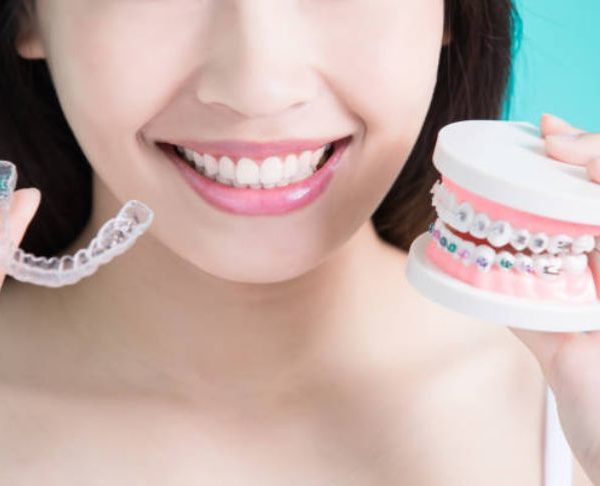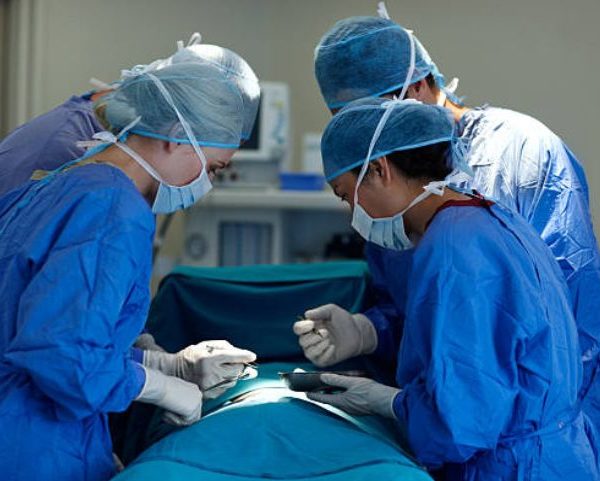Decayed tooth enamel and gums are common problems among children and older people. Traditional dentistry used enamel scissors, drills, rotary tools and cleaning brushes to treat these problems. There are two types of devices that are currently used in dentistry to remove decay from teeth, one is the Dental Drill and the other is the Dental Laser.
Dental drill or drill dentistry is the most common and traditional technology. This device uses hard metal alloy bits. These metal bits are available in various shapes and sizes as a useful attachment for different applications. Most of them are made with steel within tungsten carbide coating. Earlier dentist drills were slow in speed – around 3000 rpm – but today’s drills are much more advanced and can rotate at 800,000 rpm. But these drills can give you chills and cold sweats as they make physical contact with your teeth. This technique is not very comfortable but it’s also not too costly. The dental drill is still an essential part of every dentist’s equipment. Some high-speed dental drills may cause a smudge layer, which is a layer of dead organic material.
The latest technology used in dentistry is the ‘Laser’. A Laser is a device that emits energy in the form of amplified light. This amplified light is used to cut tissue and teeth. This light is transmitted at different wavelengths for different targets including enamel, gum tissue, decayed teeth, and whitening enhancement. Laser dentistry is an FDA (Food and Drug Association) approved technology and it has also received ADA (American Dentist Association) seal of acceptance, which assures the safety of this technology. Most dentists use lasers only for tooth decay, gum problems, and lesion removal. Lasers can also be used to detect cavities. NASA Langley research center has stated that two major wavelengths for dentists can be produced using the same hardware resulting reduced cost and complexity. Waterlase laser is the first laser approved by FDA for cutting hard tissue.
The major advantage of a dental laser compared to a dentist drill is that it causes no vibration and no pain. It does not require any anesthesia. It can target a specific portion without disturbing the surrounding area. Bleaching and swelling are also reduced and the patient feels comfortable and at ease. Currently lasers are used for recon-touring or re-shaping gums. Dental lasers are quite safe and are an effective procedure for treating dentistry in children and adults.
No doubt, laser dentistry offers numerous important improvements over the dentist drill and also eliminates the common complaints of traditional dentistry. But laser dentistry has some disadvantages. For example, laser dentistry may not be used for teeth where previous filling has been done. It also cannot be used to fill cavities located between teeth, or shape or polish the filling. Laser is also not suited for large cavities that need to be prepared for a crown. Even though laser dentistry has some limitations it is by far the best dentistry for a patient’s comfort. As per a patient’s condition and requirements, your dentist can help you choose which is best for you.





